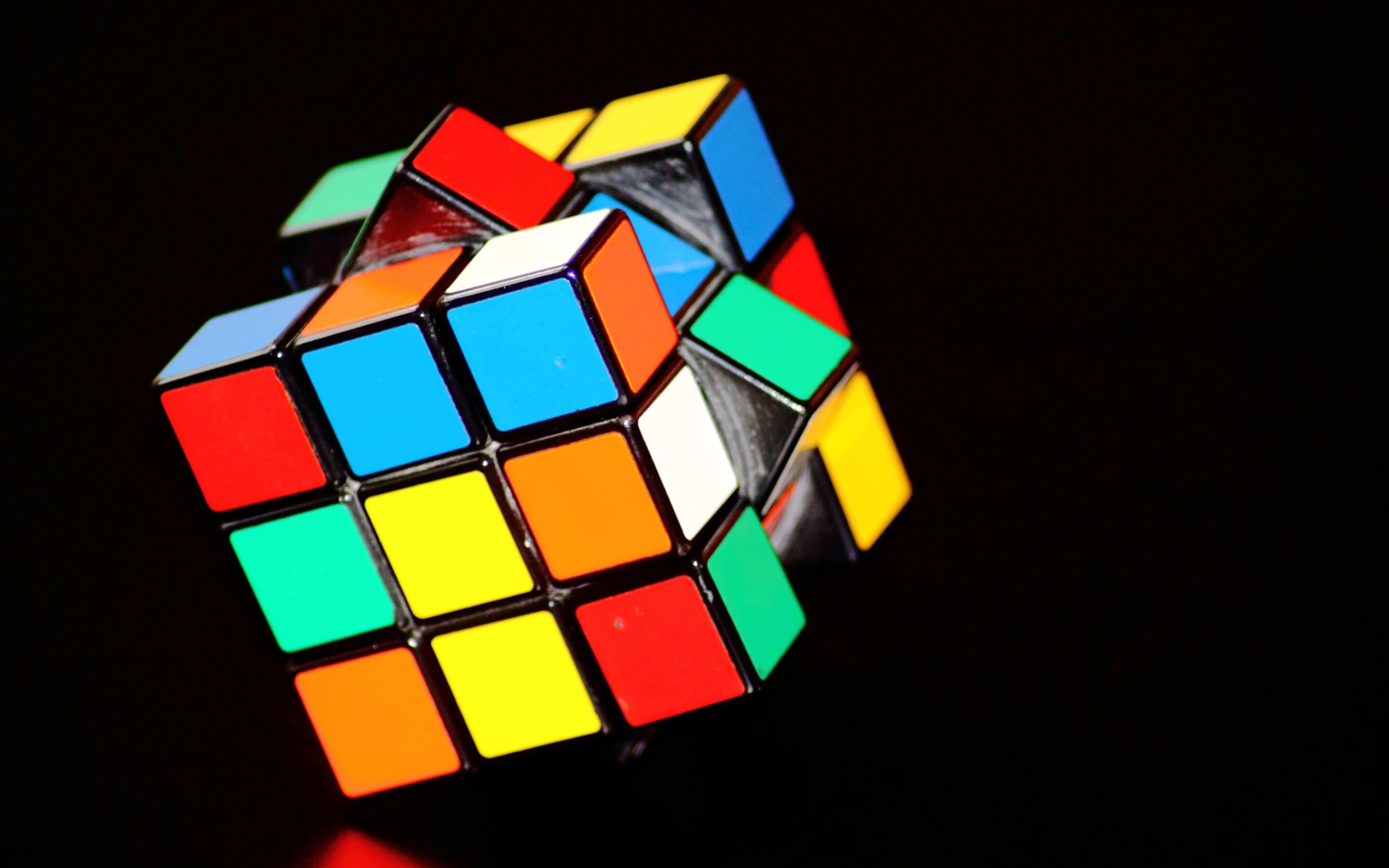In recent advancements, a deep reinforcement learning algorithm has emerged, capable of solving the Rubik’s Cube puzzle in a fraction of a second. This remarkable achievement marks a significant stride towards the development of AI systems with enhanced cognitive capabilities, enabling them to think, reason, plan, and make decisions. Additionally, this breakthrough work has opened up new possibilities in the field of artificial intelligence.
The learning algorithm that uses AI to solve a Rubrik’s Cube was programmed by UCI computer scientists and mathematicians. While they were making the algorithm they decided it would be named DeepCubeA. In the fraction of a second, the AI goes through billions of potential paths. During which the primary goal is to display a solid color on each of the six sides of the cube. It solved 100 percent of all tests, finding the shortest path to the goal about 60 percent of the time.
Senior author Pierre Baldi, UCI Professor of computer science stated, “Artificial intelligence can defeat the world’s best human chess and Go players, but some of the more difficult puzzles, such as the Rubik’s Cube, had not been solved by computers, so we thought they were open for AI approaches. The solution to the Rubik’s Cube involves more symbolic, mathematical and abstract thinking, so a deep learning machine that can crack such a puzzle is getting closer to becoming a system that can think, reason, plan and make decisions.”
Paving the Way for the Next Generation
The AI learned how to solve the Rubrik’s Cube on its own. Additionally, while also trying to complete the cube in less than 20 moves every time. The ultimate goal of this project is to build the next generation of AI systems, and they are now one step closer to reaching that goal.
Curious about the groundbreaking advancements in AI and its potential impact on future technologies? Stay informed and be a part of the innovation! Follow our newsletter to explore the latest updates, projects, and achievements in AI research.
Read the full article from Nature here

